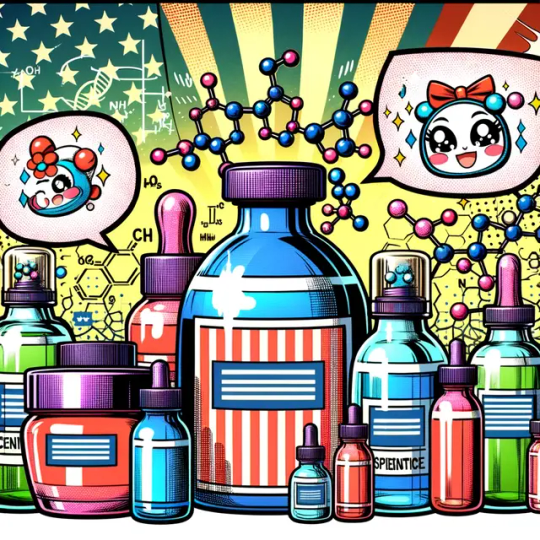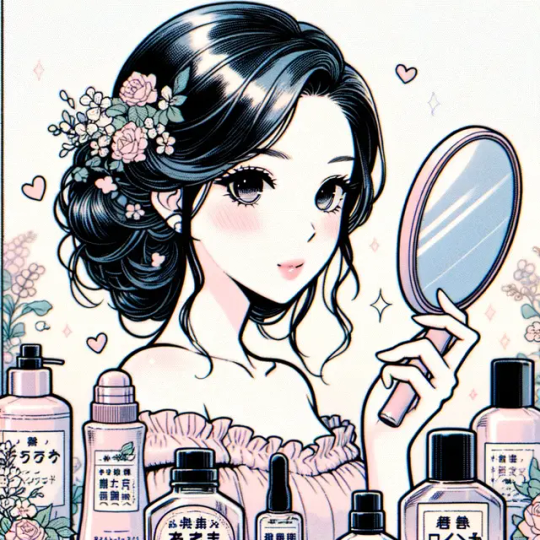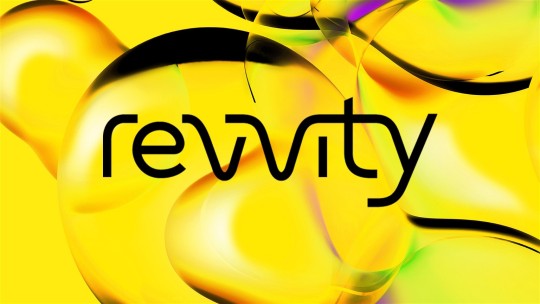Text
Scientific Skincare Unveiled: The Ordinary's Disruptive Influence in the Beauty Industry

The beauty industry is notoriously challenging for newcomers, especially those introducing radical product formulation and marketing innovations. The Ordinary, a brand launched by DECIEM, exemplifies successful market penetration achieved through strategic positioning and keen consumer insights.
The Ordinary disrupted the skincare market by demystifying skincare ingredients and making them accessible at a low price point. This strategy aligns with themes from the "Four Products: Predicting Diffusion (2008)" case, particularly the importance of understanding product characteristics that promote or hinder adoption. The Ordinary educated consumers on active ingredients typically found in high-end products, offering them without the traditional premium price tag, thereby empowering them to make informed skincare decisions.
From my personal perspective as a scientist, I see value in The Ordinary's focus on scientifically-backed ingredients and straightforward formulations. This approach caters to those who prioritize substance and efficacy in skincare over brand prestige or elaborate packaging. Intriguingly, while brands like The Ordinary and The Inkey List deliver premium ingredients at more affordable prices, there remains an evident gap in the high-end market within department stores. Currently, while high-end, ingredient-focused products are available through dermatologist clinics, there isn't a direct counterpart in luxury retail settings that also emphasizes scientific backing in its marketing. This presents an opportunity for existing luxury brands or new entrants to bridge this gap, combining scientific integrity with the allure of luxury branding to target consumers willing to invest in high-quality, ingredient-focused skincare products available in more accessible retail environments.
The success of The Ordinary highlights how transparency and educational marketing can impact product diffusion, turning potential market challenges into competitive strengths. This case demonstrates the effectiveness of consumer education and transparent marketing in influencing the adoption process, which is crucial for brands aiming to make a significant impact in a saturated market.
1 note
·
View note
Text
Shades of Influence

Reflecting on the powerful dynamics between brands, status, and culture brought to light by the "Fair & Lovely vs. Dark is Beautiful" case, I'm reminded of similar trends in Taiwan. Like in this case, our local culture also places a high premium on lighter skin, often seen as a hallmark of beauty. This cultural preference shapes a significant segment of consumer behavior, influencing everything from product choices to social interactions.
Brands, in this context, are not passive entities. They don't simply reflect existing cultural norms; they actively shape and challenge these beliefs through their marketing strategies. Consider the example of skin-lightening products in Taiwan. The relentless advertising of these products creates a cycle that reinforces the desirability of lighter skin, often associated with success and social mobility.
From a personal perspective, witnessing how deeply ingrained this preference is in our society often leads to mixed feelings. On the one hand, the choice of using such products is a personal decision that many make in the pursuit of feeling more confident or adhering to societal standards. On the other hand, it's crucial to question whether brands should perpetuate this standard or help foster a more inclusive definition of beauty that celebrates all skin tones.
In recent years, there has been a growing acceptance of darker skin tones—now increasingly associated with outdoor activities and confidence—but this acceptance remains a minority view in Taiwan. Still, I wish women in Asia could feel comfortable, beautiful, and free with their own skin tone, whether they choose to brighten it or not, based on personal preference rather than societal pressure.
The challenge for brands is to navigate these cultural currents with integrity. Should they simply mirror societal values to maximize profit, or do they have a responsibility to shape these values in a positive way? As consumers become more aware and vocal about the social implications of branding, there's a growing opportunity for brands to lead with values that promote diversity and inclusion. This not only helps build a loyal customer base but also contributes to a more equitable society, a win-win situation for all.
0 notes
Text
Brewing the Perfect Experience: How Starbucks Uses Behavioral Science to Elevate Customer Service

Diving into behavioral science and its impact on customer experiences, Starbucks stands out as a prime example of this principle in action. Beyond just selling coffee, Starbucks crafts an entire experience that is meticulously designed with an understanding of customer behavior. By transforming the act of buying coffee into a comforting ritual, Starbucks demonstrates the power of segmenting pleasure to enhance everyday transactions.
The ability for customers to customize their orders epitomizes the importance of choice, significantly boosting satisfaction. Meanwhile, Starbucks' rewards program ensures a positive, lasting impression, making each visit memorable and encouraging loyalty. Seasonal offerings and unique terminology foster a sense of community, elevating the experience beyond mere consumption to something memorable and special.
Starbucks' strategy showcases the transformative power of applying behavioral science in service delivery, illustrating how a deep understanding of customer behavior can turn simple interactions into engaging, unforgettable experiences. It serves as a beacon for any service-oriented business aiming to leverage behavioral insights to captivate and retain customers, proving that the essence of exceptional service lies in the nuanced understanding of the human element.
I have an exporting side gig and would love to improve my customer's experiences through behavioral science!
1 note
·
View note
Text
Strategic Branding Decision of a Biotech Giant: The Evolution of Perkin Elmer into Revvity

As a scientist in biotech, Perkin Elmer is a big name with a global reputation in our vendor list that provides equipment, analytical devices, reagents, and tools for drug development. I used to work at a subsidiary of Perkin Ermer. When I joined the company, I discovered Perkin Elmer's business spans multiple industries, including semiconductor manufacturing, diagnostics, life science research, food, environmental, and industrial testing. In 2023, our leadership team announced Perkin Elmer would sell the brand name and all non-life sciences assets to New Mountain Capital. The company will rebrand to a new name with life sciences assets to focus on life sciences.
I clearly remember the confusion I experienced when hearing this news. From my perspective, Perkin Elmer's brand name is extremely valuable, especially in the biopharma industry. As the executives decided to focus on the life sciences and diagnostics businesses, I wondered why the brand name itself was sold alongside other non-life sciences assets.
With an established brand cognitive association in analytical tools, Perkin Elmer has done several M&A deals in cell and gene therapy in recent years, including Sirion Biotech and Horizon. As cell and gene therapy transforms the biopharma landscape, perhaps the decision to rebrand is associated with the goal of re-establishing the firm as a provider of total solutions for clients in the biopharma industry.
In 2023, New Mountain Capital, L.L.C. completed the acquisition of non-life sciences assets with a deal of $2.45 billion in cash. The life-science venture assets were now spun off and rebranded as Revvity.
*Image Source: Revvity. (2024). Retrieved from https://www.revvity.com
2 notes
·
View notes